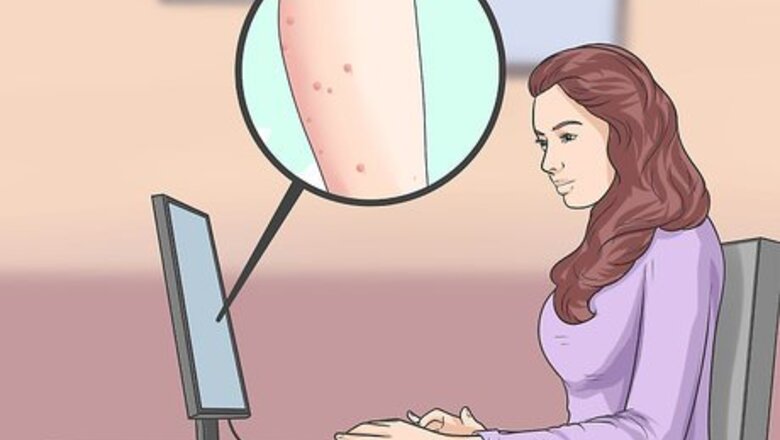
views
Deciding if You Need Treatment
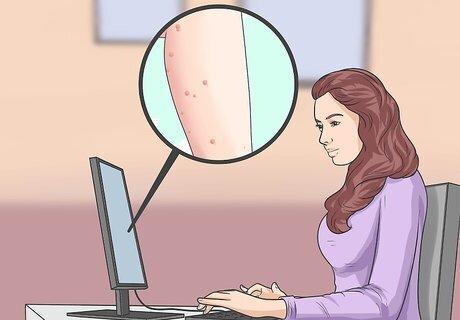
Learn about the virus. Molluscum contagiosum is an infection that is caused by a virus that results in noticeable skin lesions that can appear anywhere on the body. These lesions are small, raised, and white or pink in color. They are usually no smaller than the size of a pinhead, but no bigger than the size of a pencil eraser. Molluscum outbreaks should eventually clear up all on their own (usually within six to 12 months, but in some cases it may take up to four years). There are three main groups that are affected by molluscum: include children, sexually active young adults, and those with compromised immune systems. One of the biggest reasons that people choose not to let this condition clear up on its own is if the lesions are located on or around their genitals and they want to continue being sexually active.
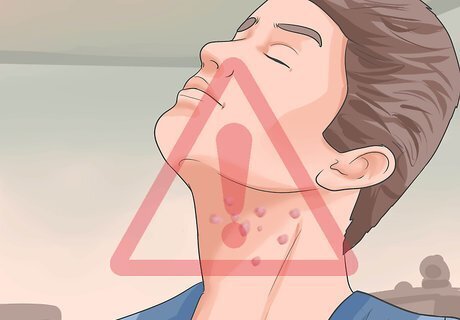
Determine if you have visible lesions that bother you. Since the lesions will usually go away on their own, there is often not a pressing need to get them removed or treated; however, if the lesions are located in an obviously visible location on your body (like the face, neck, or arms), you may choose to look into treatment options because that will make you more comfortable. Visible lesions in the genital area may be an indication of another kind of sexually transmitted disease, so it’s important to get these lesions checked out by a doctor.
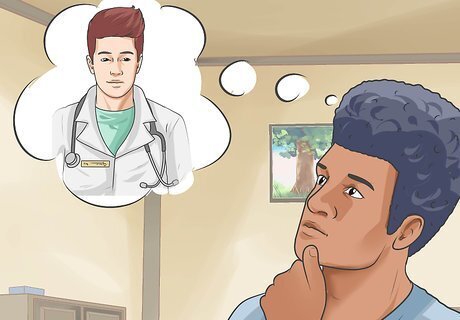
Decide if you want to be proactive about preventing transmission. If you are especially anxious about transmitting this disease to others, you should consider treatment options. If you are sexually active, have children, or otherwise feel like contact with others is unavoidable, you may want to consider treatment. Transmission of the molluscum virus occurs through direct person-to-person contact or by touching an infected object. The virus lives inside the top layer of skin of the lesion (not inside your body), so researchers believe that contact with the material inside the lesions is what causes transmission of the disease.
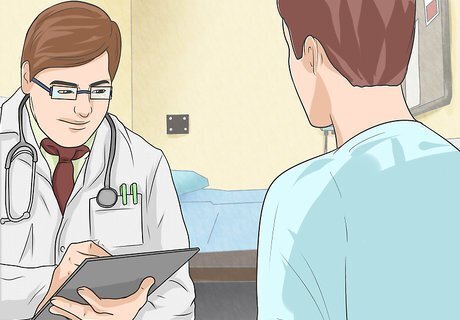
Discuss your options with your doctor. Whatever you decide, you should discuss your choices with a medical professional so they can help guide you to the right course of treatment and answer any questions you may have. It is never a good idea to try to remove a molluscum bump yourself. Doing so may cause the virus to spread, cause unnecessary pain, create a serious bacterial infection, or cause scarring that might have otherwise been avoided. Discussing your options with a doctor is important, especially since there are treatments advertised on the Internet to treat molluscum that do more harm than good.
Getting Lesions Physically Removed

Look into cryotherapy. This method (freezing the lesion with liquid nitrogen) is the same process often used to remove warts from the skin. This method may leave scars. This kind of treatment is often good at eliminating the top lesion itself. And since that is where the virus lives in the body, this can help get rid of the outbreaks altogether.

Consider curettage. This is where the fluid from the bump is removed by piercing the core and scraping the underlying material. This method can also leave scars. Again, do not consider doing this yourself. While it may sound easy to do, you might unintentionally infect other parts of your body with the lesion fluid or transmit it to others in the process. You could also cause a bacterial infection in the skin by scratching or scraping yourself.

Use lasers on the lesions. With this kind of treatment, a dermatologist uses a specialized laser to target and eliminate the bumps on your skin. Though effective, this treatment can sometimes be painful. This could also be an effective method of treatment for people with weakened immune systems.
Treating Molluscum Orally or Topically

Use topical creams. There are creams containing certain chemicals (i.e., salicylic acid, podophyllin, tretinoin, and cantharidin) that may be used to remove the bumps effectively. The creams are applied directly to each lesion. The cream Imiquimod helps strengthen the skin’s immune system. This is sometimes used to treat the lesions. These creams do not always remove the bumps and they may be harmful. So be sure to consult with your doctor before using any of them.
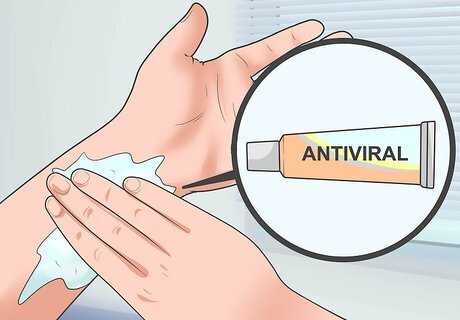
Apply an antiviral medication to the skin. Using retinoid or another kind of antiviral medicine on the skin can help cure the molluscum outbreak in most healthy patients. This kind of topical treatment helps eliminate the virus, thereby reducing the lesions over time. Make sure to follow your doctor’s instructions for application.

Use cimetidine. This is an oral medication prescribed by a doctor and most often given to children because it is less painful and can be performed at home where the patient is more comfortable. Unfortunately, facial lesions don’t respond as well to this type of treatment as lesions in other parts of the body. As with most medicines, cimetidine may cause unwanted side effects such as headache, diarrhea, dizziness, drowsiness, confusion, or depression.
Getting Treatment if You Have a Weak Immune System

Choose a different course of treatment if you have a weakened immune system. Many of the standard treatment therapies aren’t effective for immunocompromised patients because their immune systems are not able to respond normally to the treatments. Widespread facial molluscum have become a common marker for severe HIV infection because the low CD4 cell counts in these types of patients create the perfect host environment for the molluscum virus.

Get therapy to improve your immune system function. There are many therapies used to restore immune system functionality in patients with compromised immune systems. Some of these treatments include stimulating cytokines (chemical messages that enable communication within the cells of the immune system), introducing Interleukin-2 to help increase CD4 cells, or antiretroviral therapy.
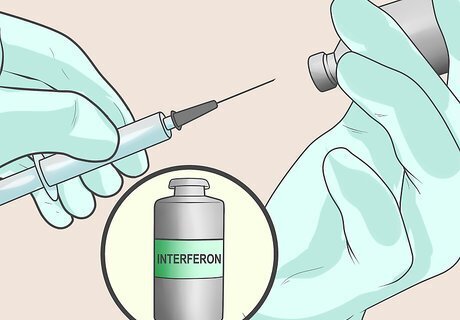
Use intralesional interferon therapy. This kind of therapy aims to eliminate the ability of the virus to reproduce itself within its host. In many cases, this helps eradicate the virus altogether. This type of treatment often has severe side effects including flu-like symptoms, tenderness around the site of the lesion, depression, and lethargy.



















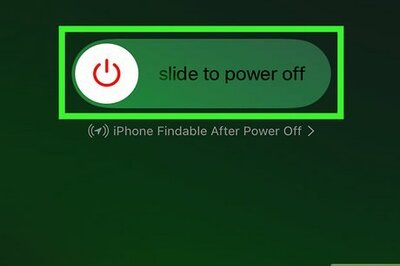
Comments
0 comment